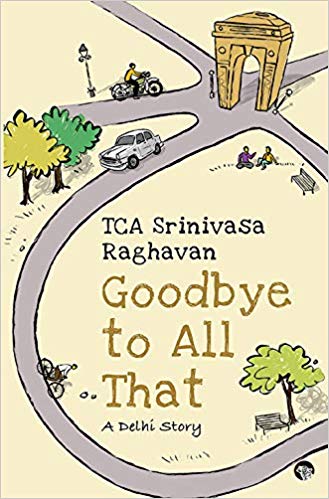The principal plot of Goodbye to All That: A Delhi Story is not complicated. The young hero, a bachelor, member of the editorial staff of the Delhi branch of a large British publishing firm, has to find three bestselling authors, all of whom must be renowned economists, and get them to write books for the firm, or lose his job. He has a year to find them. Nothing except the prospect of being hanged, says the author in the opening paragraph of the book, can concentrate one’s mind better than the near certainty of losing one’s first job, that too a job that enables one to keep doing things one is accustomed to doing, like smoking cigarettes and weeds, drinking gallons of beer, whisky, gin, vodka and rum in Delhi under prohibition, taking girls to bed, eating junk food, driving around aimlessly, sometimes with buddies, mostly by oneself, reminiscing about a past relationship . . . But don’t get fooled by the blurb and the first paragraph. For the book is much more than what these suggest, very much more. Peel any layer of it and there is another one right beneath it. The book is an onion of a novel.
So read it slowly—or maybe a second time—to get its full flavour: of the sinfully money-minded world of publishing (no different from that of, say, selling vegetable oil); of Delhi of the 1970s, now as much a part of history as the days of the Raj; of that history—of the Raj, how and why England ruled India; of the debris England has left behind; of India in the darkness before the dawn of the reforms of Manmohan Singh; of Indian politics and politicians and the ways of burra sahibs; of circuit houses and dak bungalows and travelling by train; of young men and women struggling to find their grooves; of loneliness and brittle relationships; of the roller-coaster that is life . . . Then there are the author’s insights and observations, hundreds of them, incisive, multicoloured, scattered everywhere, like autumn leaves. They tend to get blurred in the rush of rapid reading, as does the humour, sometimes bawdy, often dark, but always guaranteed to produce a chuckle, at least a smile.

